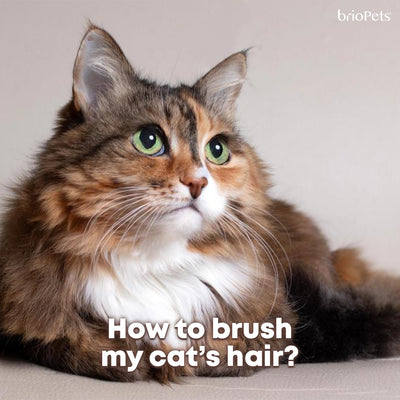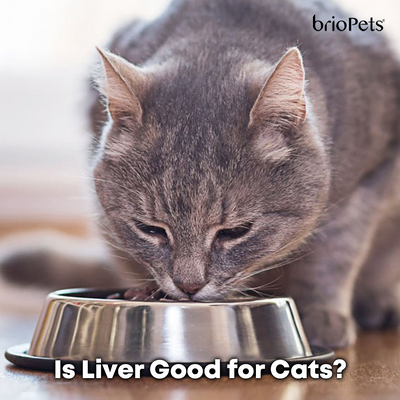
Rabbit Hemorrhagic Disease Virus (RHDV) is a highly contagious disease caused by a calicivirus that affects rabbits. This includes wild and domesticated European rabbits (Oryctolagus cuniculus), from which our own domesticated rabbits are descended.
Until 2020, it had not been known to affect North American native rabbits or hares, such as cottontails, snowshoe hares and jackrabbits, however, now it has been confirmed in the 2020 Southwest outbreak in causing death in these wildlife species as well.
It affects rabbits and is a highly contagious, acute and fatal disease. However, it is no zoonotic and does not affect humans, or other animal species. But, other animals such as cats, dogs, birds, other small animals/pet, insects and also humans can be carriers for the RHDV virus.
Where did the RHDV (RHDV1 & RHDV2) originated from?
RHDV was first seen in China in 1984, but was thought to have originated in Europe, and there have now been confirmed cases in 41 countries, including in Europe, the Mediterranean, Africa, Asia, North America (Mexico, United States, Canada), Australia, New Zealand, and now in Singapore.
RHDV2 is a new virus, emerged in France in 2010, and quickly spread in Europe and the Mediterranean, and has replaced the original strain in many countries. In 2015, RHDV2 was first detected in Australia – it spread coast-to-coast in the rabbit population in 18 months (~3 million square miles, compared to United States’ ~3.8 million square miles) and became the dominant strain replacing RHDV1.

When did the RHDV2 appear in Singapore?
The Animal & Veterinary Service (AVS) confirmed the first detection of Rabbit Hemorrhagic Disease (RHD) in local Singapore rabbits on 16 September 2020. The virus that caused RHD was detected in samples from pet rabbits submitted by a veterinary clinic.
Based on investigation so far, there may be up to 11 affected rabbits in the cluster and 8 have died. None of the cases are known to have a travel history. Epidemiological investigations are ongoing.
What are the symptoms if your rabbit(s) caught the RHDV2 virus?
Symptoms may include:
- Loss of appetite
- Lethargy
- High fever
- Seizures
- Jaundice
- Bleeding from nose, mouth, or rectum
- Difficulty breathing
- Sudden death
RHDV is often a very swift and sudden killer, giving little warning. bunnies may die without showing any symptoms at all. Any sudden rabbit death is suspicious and should be reported to your veterinarian as a possible case of RHDV.
What is the durability/life span of the RHDV?
Rabbit calicivirus is a very hardy virus, remaining viable in the environment outside a host.
- Survives 105 days at 20C on fabric – it remains stable for 3.5 months at room temperature
- Survives 225 days at 3.89C (just above freezing temperatures)
- Survives freeze-thaw cycles - can remain viable for 22-35 days at 22C but only for 3-7 days at 37C
- Survives heat of 50C for one hour
- The virus survives at pH 3.0, is stable at pH 4.5-10.5, but is inactivated at pH>12
What cleaning products can I use to kill/deactive the RHDV?
The RHD calicivirus is inactivated by 10 minutes of exposure to:
- Household bleach (sodium hypochlorite) at 1:10 dilution
- 1% Virkon-S (by DuPont)
- Sodium hydroxide (1%)
- Beta-propiolactone 0.2–5%
- Chlorine dioxide at 10 ppm concentration
- 2% One-stroke Environ® (Vestal Lab Inc., St. Louis, MO)

What is the incubation period if your rabbit(s) came in contact with the RHDV (RHDV1/ RHDV2) ?
- RHDV1: 1-3 days.
Rabbits may die within 12-36 hours to a few weeks, after onset of symptoms.
- RHDV2 (which is the strain found in Singapore):
3-5 days. Previous experimental RHDV2 infection found incubation of 3-9 days until onset of symptoms, then death within 3-5 days.
What is the death rate (mortality)?
- RHDV1: 40-100%
- RHDV2 (applicable to Singapore so far): 5-80%+.
In the 2020 Southwest US and Mexico RHDV2 outbreak, officials report a death rate of about 90%.
Cause of Death: RHDV causes necrotizing hepatitis, and may cause necrosis of the spleen. There may be internal or externally visible bleeding. Death occurs from liver failure or hemorrhage due to an impairment in the blood’s ability to clot.
What treatments are available?
There is no known cure for RHDV - RHDV treatment is supportive care in isolation.
However, vaccines are available for prevention.
What are the RHDV2 vaccines available in Singapore?
There are 2 killed vaccines for RHDV2 licensed:
- Filavac VHD K C+V produced by company Filavie
- Eravac RHDV-2 produced by company Hipra
- A 3rd EU vaccine, Nobivac, is not eligible for use since it is a live, genetically modified product
The first listed vaccine (Filavac VHD K C+V) is the one imported into in Singapore, and is available in all (or most) veterinary clinics. Price per vaccine shot per rabbit ranges from approximately $76-$85, comes with a simple physical examination/check.
Filavac VHD K C+V is a killed vaccine, which means it is produced by infecting rabbits and then euthanizing them to collect the virus from their livers and spleens. Do note that the vaccine is not a cure and does not guarantee 100% efficacious – it is meant to reduce mortality rates for rabbits infected with the RHDV1 or RHDV2.
The protective dose coverage of Filavac is stated as 90% immunity coverage by the manufacturer.

How is the vaccine administered?
The vaccine is subcutaneous (under the skin) and will last 12 months. Re-vaccination is required 12 months later.
The vaccine can be given to rabbits starting 10 weeks old. It is advised to get your rabbit checked prior to vaccination to make sure it is in good health.
The onset of immunity is about one week after being vaccinated. The rabbit might experience a spike in body temperature (+1.5 C) and/or develop a nodule at the vaccination site (normal and non life-threatening – massaging that are would help prevent its occurrence).
What measures should you take after vaccinating your rabbit(s)?
You should continue to practice biosecurity precautions, which includes:
- Housing your rabbits indoors and not bringing them to public places unnecessarily
- Changing out of clothes and washing hands thoroughly (best to go for a full shower) after handling other rabbits/ coming home from outside. Do remember to soak your clothes in cleaning products that can deactivate/kill the RHDV2 virus for the required amount of time.
- Leave your shoes outdoors and spray them with cleaning products that can deactivate/kill the RHDV2 virus
- Not letting you rabbits interact with unfamiliar rabbits from different households. If possible, avoid all other pets/animals (and also their owners), as they might be carriers of this virus
- Using effective disinfectants for prevention and when a confirmed site occurs
- Not feeding hay, pellets, herbs or plants from unknown sources – buy from trusted companies such as American Pet Diner – declares and talks about what they have in place to keep their hays and products RHDV free
- Have pest/insects control in place
- Quarantine new rabbits for at least 14 days
What happens if your rabbit(s) were able to survive through the episodes of the RHDV?
Rabbits who survive RHDV are carriers and shed the virus for at least 42 days, perhaps longer.
If you have more than one rabbit, and only a few caught the RHDV. Are the rest of the rabbits RHDV-free?
They can be asymptomatic carriers - some rabbits may have little to no symptoms of RHDV2 (subclinical/asymptomatic) but may shed virus for up to 2 months.
Transmission routes of the RHDV can be through oral, nasal/respiratory, or ocular exposure to the virus, or by blood-feeding insects.
Briopets.com is proud to be the sole distributor of American Pet products in Singapore, and you can explore an extensive range here.




